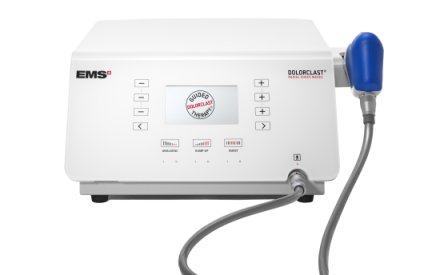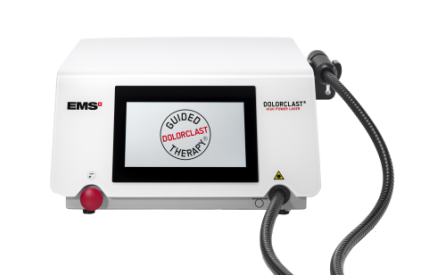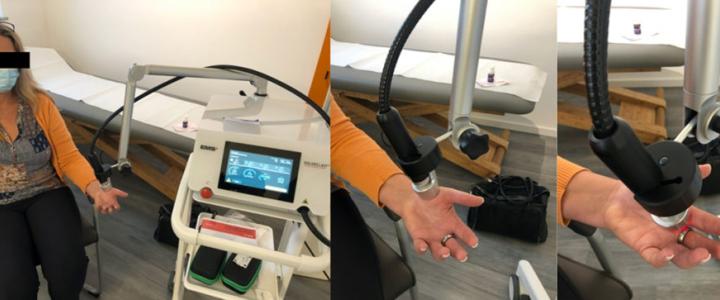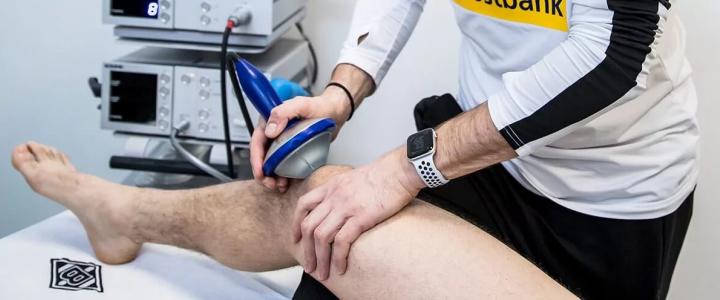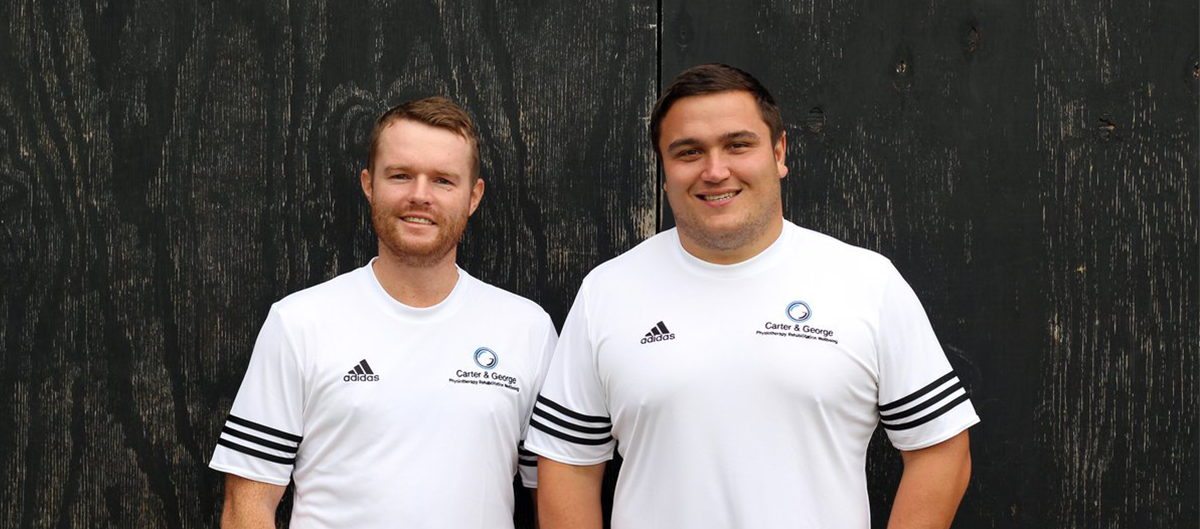
Traitement de la fasciite plantaire chronique récalcitrante grâce à la thérapie combinée
Les tendinopathies sont un sujet important dans la pratique du sport professionnel. Ce type de pathologie doit être traité rapidement afin de ne pas compromettre les performances physiques des athlètes. Parfois même, ces tendinopathies persistent dans le temps malgré les efforts de traitement déployés par les équipes de soins. Elles deviennent alors chroniques et peuvent mettre en péril la carrière de l'athlète qui n'a d'autre choix que de vivre avec la pathologie, pouvant amener à provoquer d'autres problèmes fonctionnels.
Découvrez nos produits
DolorClast® Radial Shock Waves
Pour traiter les pathologies musculo-squelettiques superficielles, subaiguës ou chroniques.
DolorClast® High Power Laser
Pour traiter les indications superficielles ou profondes, la douleur aiguë et réduire l'inflammation

